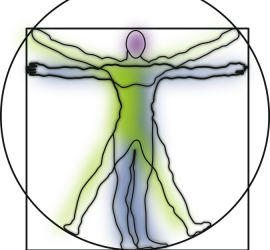Interventions that involve repetitive practice improve strength and function after stroke
The loss of strength after stroke is a common and important impairment. Some people who have had a severe stroke can lose as much as 50–70% strength in the affected arm and leg (Andrews & Bohannon 2003; Horstman et al. 2008). This loss of strength can result in profound disability […]










